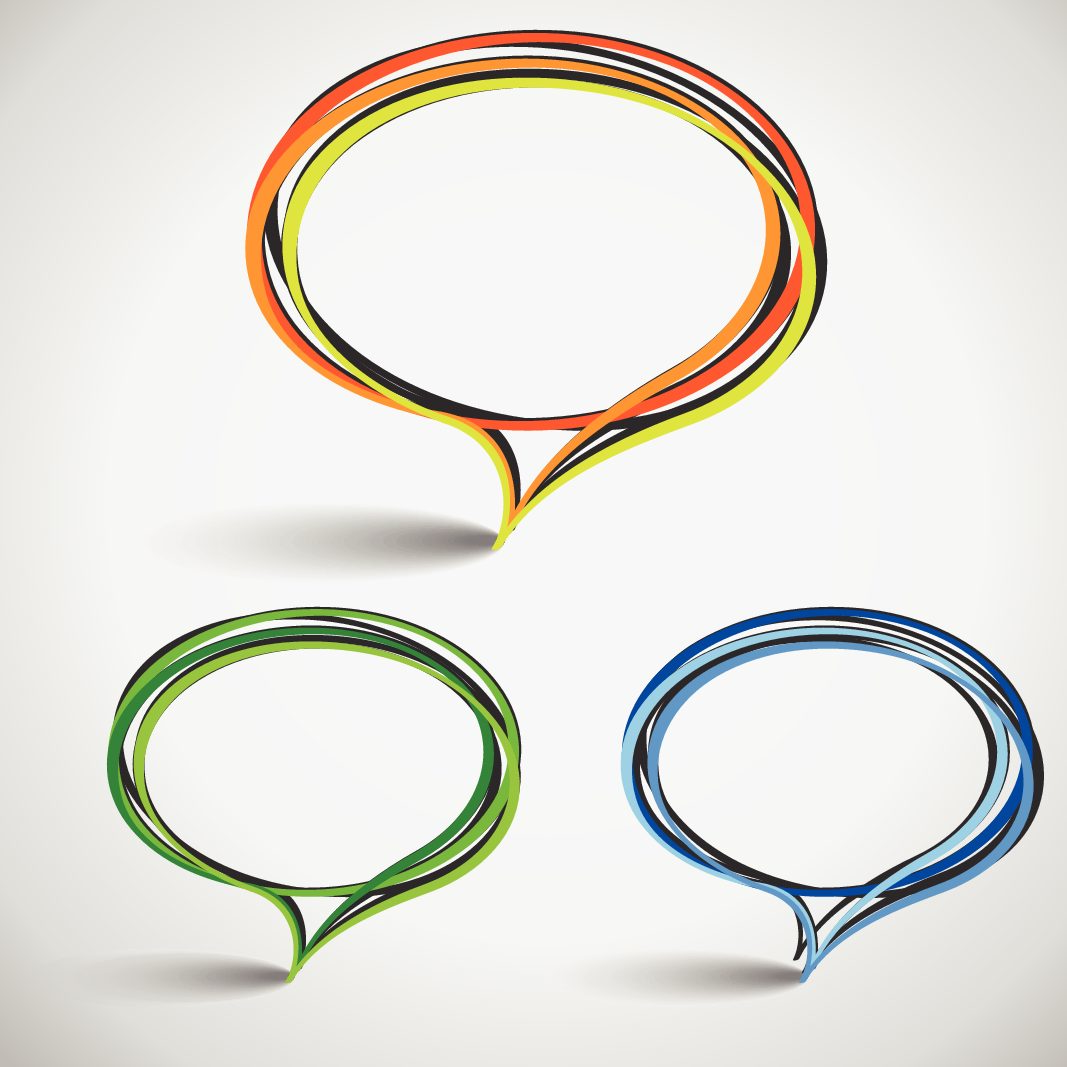We’re like velcro for negativity and teflon for positivity!
A great metaphor by Dr Rick Hanson – in essence, we have a negativity bias. An important evolutionary principle that served to keep our ancestors alive from the many real and physical threats they were exposed to.
Today, we haven’t lost that vulnerability to feeling threatened. Instead, the way in which we experience it is different. At times much more subtle, and sometimes, not! It might be triggered by a work colleague, your team or your organisation. It could be worrying about the consequences of speaking up, or being nervous about an over-powering personality, or working in a business that is fixated on threats and not opportunities. Excessive bias towards threat is associated with stress, negative feelings and worry.
Irrespective of the circumstances, it’s the brain’s ‘human’ response. We have a wary and vigilant brain that can easily be hijacked when the threat alarm is raised. We can’t change the physiology of that, what we can do is become more mindful to how our individual brains react to feelings of threat. Mindfulness and brain training can help to calm the mind, and importantly help you to be less prone to exaggerating or magnifying the perceived threats or false alarms.
So, how can we counteract this? We have ‘moments of choice’. We can choose to look for the good – the reward – activating different pathways.
By tuning in and focusing on our positive emotions we can create a greater sense of personal wellbeing. The more you seek to tune into the positive, the more likely it is to become a habit.
In that ‘moment of choice’ we can:
• Pay attention to the positive elements, helping to quiet the brain and control our attention
• The act of paying attention means that we will hold the good experience in our minds for longer – helping the brain to process and activate memory centres
• Processing the experience also means that we are more likely to stimulate a mind and body connection.
This experience helps us to have a more positive outlook and better self-regulation.












Leave a Reply
Want to join the discussion?Feel free to contribute!